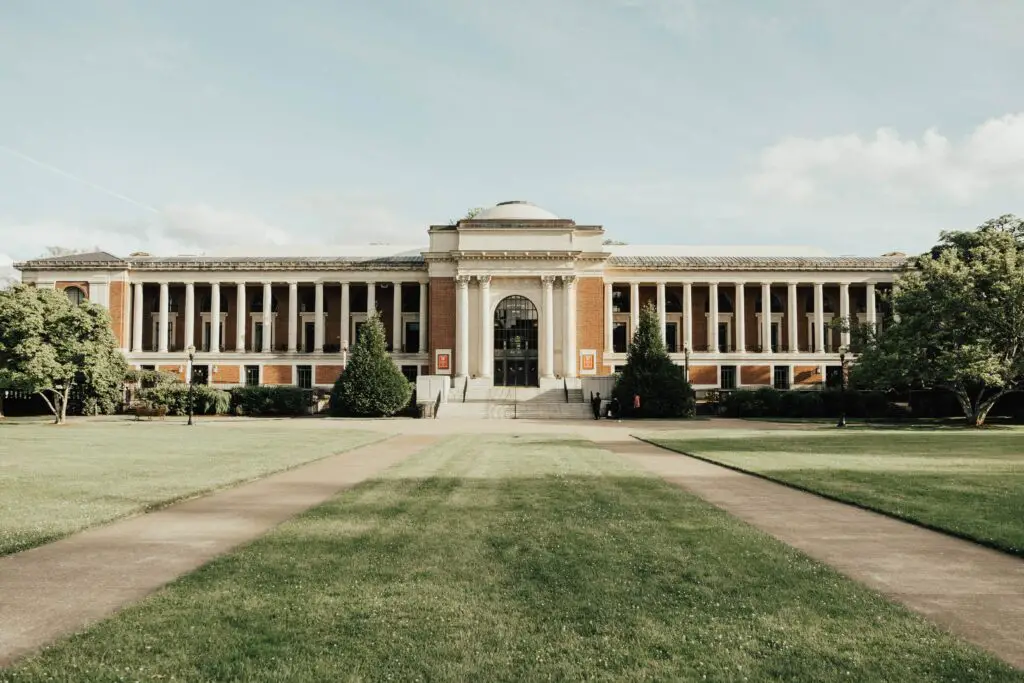Introduction
Massachusetts Maritime Academy is a highly prestigious institute known for its rich history, academic excellence, and maritime training programs. Established in 1891, the academy has a long-standing reputation for producing highly skilled professionals who have made significant contributions to the maritime industry. The institute has undergone numerous changes throughout its history, and its growth has been attributed to the hard work and dedication of its staff, faculty, and students. In this blog post, we will explore the interesting history of Massachusetts Maritime Academy and delve into its fascinating facts.

The Founding of Massachusetts Maritime Academy
Massachusetts Maritime Academy was founded in 1891 as the Massachusetts Nautical Training School. Its primary objective was to provide high-quality maritime education to the students of the state. The school was initially established on a rented ship called the Nantucket, which was docked in Boston Harbor. The school was later moved to a permanent location on Taylor’s Point in Buzzards Bay, Massachusetts, where it remains today.
The academy has always been dedicated to providing its students with a comprehensive education in maritime studies. Over the years, it has expanded its programs to include engineering, science, and business. Today, the academy offers degree programs in marine engineering, marine transportation, international maritime business, emergency management, and facilities engineering. The academy has also become renowned for its excellent training programs, which prepare students for careers in the maritime industry.
The Evolution of Massachusetts Maritime Academy
Over the years, Massachusetts Maritime Academy has undergone significant changes. In the early 1900s, the academy began offering correspondence courses, which allowed students to complete coursework remotely. In 1940, the academy was transformed into a four-year college, and in 1948, it was renamed Massachusetts Maritime Academy.
In the 1960s, the academy underwent a significant expansion, with the construction of several new buildings and the addition of new academic programs. During this time, the academy also began accepting female students, which was a significant milestone for the institution.
In recent years, Massachusetts Maritime Academy has continued to grow and evolve. In 2014, the academy opened a new academic building, the Admiral Francis T. Bowles Maritime Center, which includes state-of-the-art classrooms and laboratories. Today, the academy is considered one of the premier maritime colleges in the country, attracting students from all over the world.
The Notable Achievements of Massachusetts Maritime Academy Alumni Throughout its history, Massachusetts Maritime Academy has produced many accomplished alumni who have made significant contributions to the maritime industry. Some of the most notable achievements of the academy’s alumni include:
- Richard Phillips, a 1979 graduate of Massachusetts Maritime Academy, who famously survived a pirate attack while captaining the MV Maersk Alabama in 2009. His story was later portrayed in the movie “Captain Phillips,” starring Tom Hanks.
- Robert Ballard, a 1965 graduate of Massachusetts Maritime Academy, who is a renowned oceanographer and explorer. He is best known for discovering the wreck of the Titanic in 1985.
- James Lawrence, a 1981 graduate of Massachusetts Maritime Academy, who is a former captain in the United States Navy. He is best known for commanding the USS Cole, which was attacked by terrorists in Yemen in 2000.
Conclusion
Massachusetts Maritime Academy is a fascinating institution with a rich history and a reputation for excellence. Its dedication to providing high-quality maritime education and training has made it one of the premier maritime colleges in the United States. Its accomplished alumni have made significant contributions to the maritime industry, and the academy’s continued growth and expansion ensure that it will remain a vital institution for years to come.

